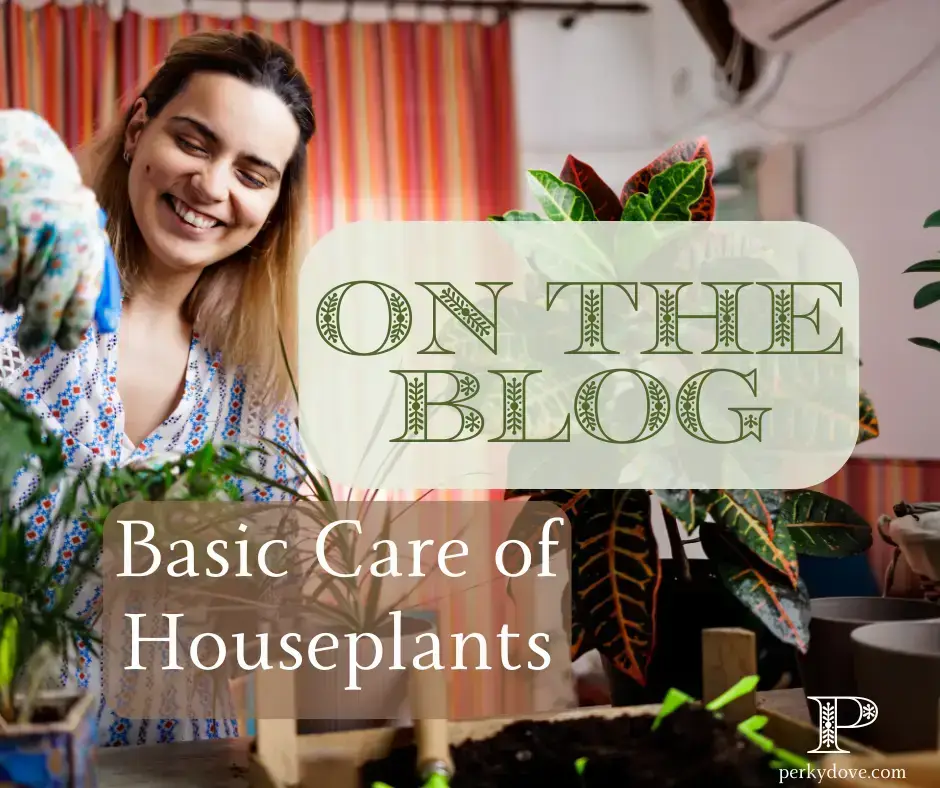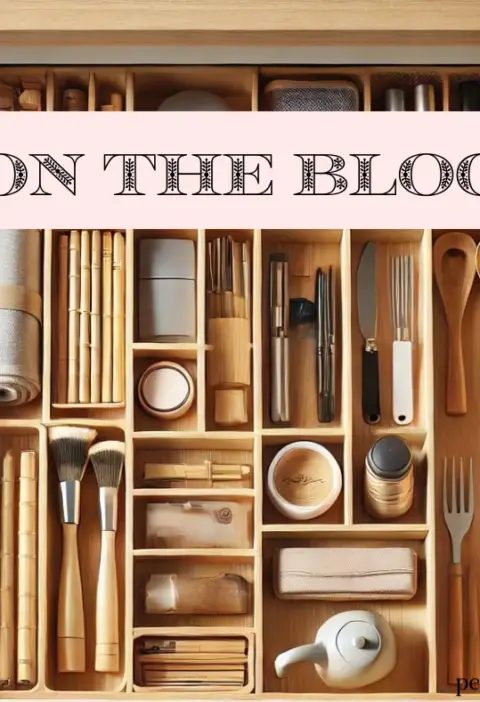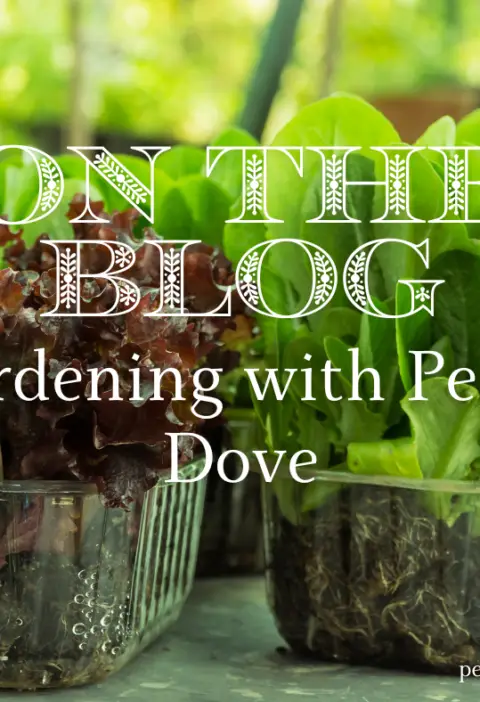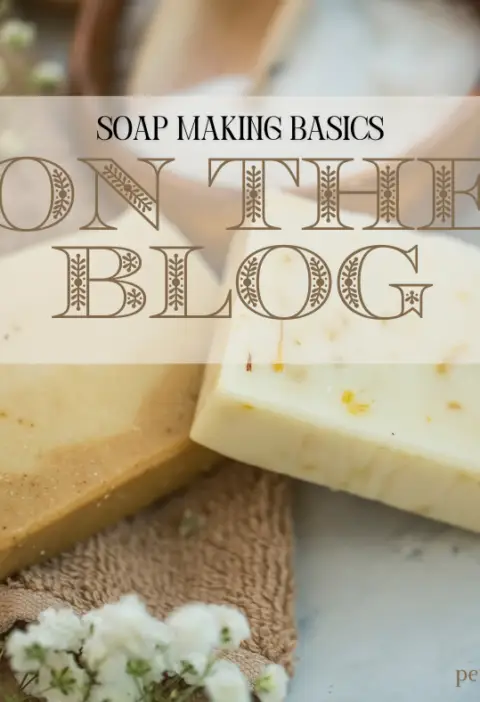Houseplants can brighten any home, but keeping them healthy requires understanding their basic needs. Here are some key tips for successful houseplant care:
1. Light Requirements
Light is the lifeblood of houseplants, and understanding what kind of light your plant needs is crucial.
- Direct sunlight: Plants like succulents, cacti, and some flowering plants (such as geraniums) love direct light. Place them near windows with southern or western exposure.
- Indirect light: Most
indoor plants, like pothos, peace lilies, and snake plants, prefer indirect light. Keep these plants near windows, but ensure they’re shielded by sheer curtains or positioned a few feet away to prevent scorching. - Low light: Some plants, such as ZZ plants and cast-iron plants, can survive in lower light environments like rooms with north-facing windows. While they don’t need much light, they’ll still benefit from occasional time in brighter areas.
When positioning plants, remember to rotate them periodically, ensuring all sides get equal light for balanced growth.
By following these simple care steps, your houseplants will thrive, adding beauty and freshness to your home all year round!
2. Watering
Watering is where many plant owners struggle—either overdoing it or neglecting it altogether.
- Understanding the soil: Before watering, always check the top inch of soil. If it feels dry, it’s time to water. If it’s still moist, hold off a bit.
- Watering schedule: Some plants like to dry out between watering, such as succulents and cacti. Others, like ferns or calatheas, prefer consistently moist soil (but not soggy). Find out your plant’s specific needs and stick to a schedule.
- Proper drainage: Always use pots with drainage holes to allow excess water to escape. If your plant is in a decorative pot without drainage, consider placing it in a smaller, perforated pot within the decorative one. Water collecting at the base of pots can lead to root rot, one of the biggest killers of houseplants.
3. Soil and Humidity
The right soil type and moisture level make a world of difference in your plant’s health.
- Soil type: Most houseplants do well in standard potting mix, but some, like succulents, need a grittier, faster-draining mix. Orchids, on the other hand, thrive in bark-based orchid mix. Choose the right type of soil for your specific plant.
- Humidity needs: Some plants, like ferns and tropical plants (e.g., philodendrons), thrive in high humidity. You can maintain humidity by misting their leaves regularly, placing them near a humidifier, or even setting the pot on a pebble tray filled with water.
- Low-humidity plants: If you live in a dry environment, consider low-humidity plants like succulents, cacti, and sansevieria. These plants naturally thrive in drier conditions and won’t suffer from lack of moisture in the air.
4. Pest Prevention
Houseplants can attract unwanted pests like aphids, mealybugs, and spider mites. Keeping an eye on your plants and addressing infestations early can prevent them from spreading.
- Inspection: Regularly inspect leaves, stems, and soil for any signs of pests. Look for discolored spots, webbing, or sticky residue, which are telltale signs of infestation.
- Natural pest control: If you notice pests, treat them immediately with a mild insecticidal soap or neem oil spray. Both are organic options that effectively rid your plants of pests without harmful chemicals.
- Preventative measures: Proper watering and air circulation can reduce the risk of pests. Also, quarantine any new plants you bring home for at least two weeks to ensure they aren’t carrying any hitchhikers that could infest your collection.
5. Pruning and Maintenance
Pruning is essential for keeping your plants healthy and ensuring they grow properly.
- Pruning dead or yellowing leaves: Regularly remove dead, dying, or yellowing leaves, as they can draw energy away from the rest of the plant and harbor pests or disease. Use sharp, clean scissors or pruning shears to make clean cuts just above the node (the part where the leaf meets the stem).
- Shaping your plant: If your plant is growing unevenly or becoming leggy (long stems with fewer leaves), prune back to encourage fuller growth. For plants like pothos or philodendron, pruning can also promote new growth and denser foliage.
- Cleaning leaves: Dust that accumulates on leaves can block sunlight, preventing your plant from photosynthesizing effectively. Every couple of weeks, gently wipe the leaves with a damp cloth to remove any dust or dirt.
With these detailed care tips, you’ll be well on your way to creating a healthy, thriving indoor garden that enhances your home and brings you joy for years to come!







This guide is a game-changer for plant newbies! The tips on soil selection and watering schedules are super helpful. Can’t wait to put these into practice and watch my plants thrive!